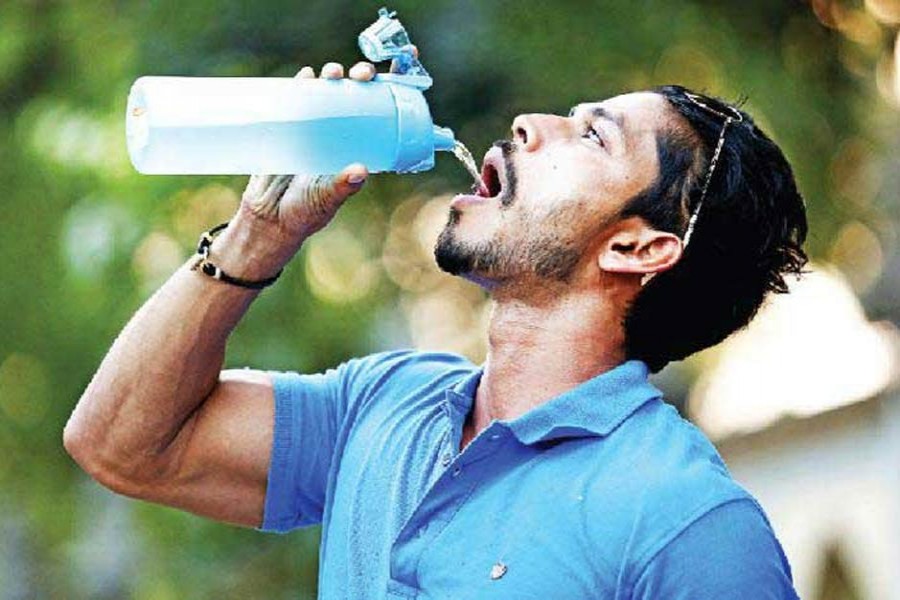Like in the rural areas, summer days in capital Dhaka, too, appear with features unique to it. Some are common to both areas. As time wore on, these summer features kept assuming their typically localised characters. In many respects they have parted ways. In others, summer in villages and the capital and other big cities has shown striking resemblances. Similar to villages, summer in the 21st century Dhaka arrives with a scorching sun overhead. As was seen three to four decades ago, the city pedestrians still try to avoid coming outside during the day. Rickshaw pullers charge exorbitant fares to compensate for their physical ordeal; sale of roadside drinks and sliced watery fruits shoots overnight and supply-water taps run dry in many places. Heat-related discomfort and water crisis dominate the spectacle in villages.
Summer in Bangladesh begins from mid-April, the start of the Bangla month of Baishakh, and continues through May-July, comprising mostly the Bangla month of Jaishtha. The onset and exit of summer, however, follow a changed course these days. With the country's seasonal patterns following a new path, summer, in recent decades, stayed longer than once presumed normal. It has lately been seen to extend up to the first fortnight of the Bangla monsoon month of Asharh. In the Gregorian calendar, the time falls in late July. This prolonged summer invites a raft of woes and inconvenience for the Dhaka-dwellers. In Dhaka, summer presents some invariable visuals. The scenes have not changed in character over time except the state in which people find them. In the past, the fatigued and heat-struck pedestrians used to be seen frenetically looking for trees and shaded places. These places comprised mainly of densely leaved trees and roadside bus-sheds. They would serve as effective shelters, saving people for some time from the scorching sun. Sun-hit people deep asleep beneath trees at public parks are still a regular view in the capital. So are the thinned-out footpaths on unbearably hot days. But the completely deserted roads and walkways sans traffic and passersby at high noon appear to have faded into oblivion. Thanks to the hustle and bustle coupled with traffic gridlocks, one cannot tell a summer day in the city from any day in the other seasons.
The capital has fast been getting shorn of large trees adjacent to roads. Except the sprawling Ramna Park, those with trees are a handful in number. Many are off-limits to the commoners. Few bus stops have roofs with sitting arrangements. In this situation, the pedestrians during daytime are made to turn to roadside vendors selling lemon drinks and juicy fruits. Except green coconuts, the items are handled under unhygienic conditions. People staying indoors at summer noon are not better off. They have to bear with the power cuts turning fans and air-conditioners inoperative. After the respite of a couple of years, the scourge of load shedding is feared to stage a comeback.
Scarcity of water in summer has been besetting Dhaka life for decades. The misery shows little signs of abatement. Residents of the older part of Dhaka nowadays start bracing for the dreadful water crisis from the early days of March. The other areas of the capital are also not free from this yearly malady. With the mushrooming residential pockets catering to the water demands of the inhabitants, Dhaka's ground-water level is in sharp decline. It affects capabilities of both the private pumps and those operated by the water-treatment plants. Pithily speaking, summer is a highly adverse time for the Dhaka residents, the pedestrians in particular. Their sufferings are not beyond alleviation. By creating leafy corners, building roadside sun shelters with drinking water facilities, the authorities can ease their woes remarkably.


